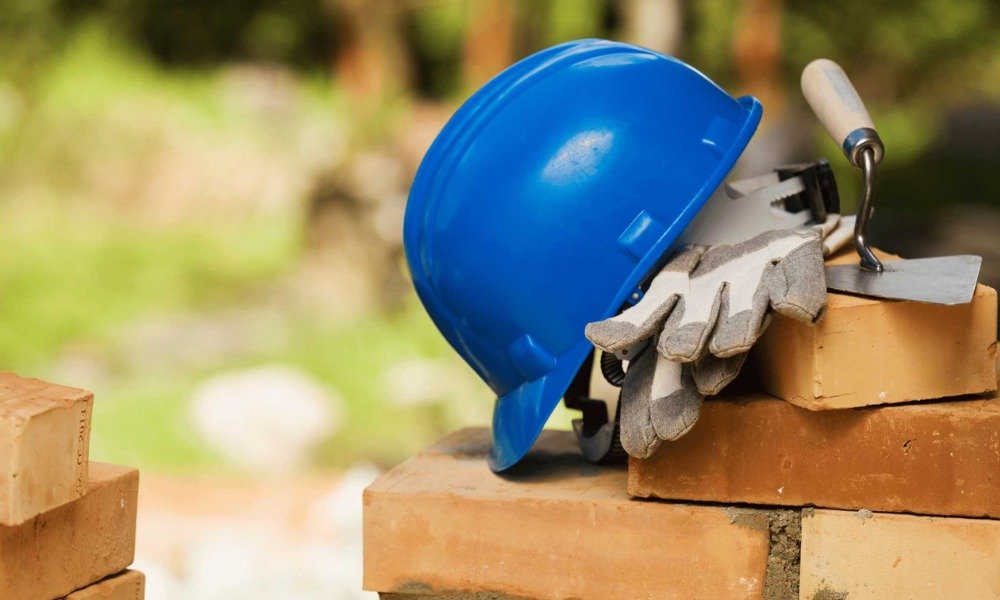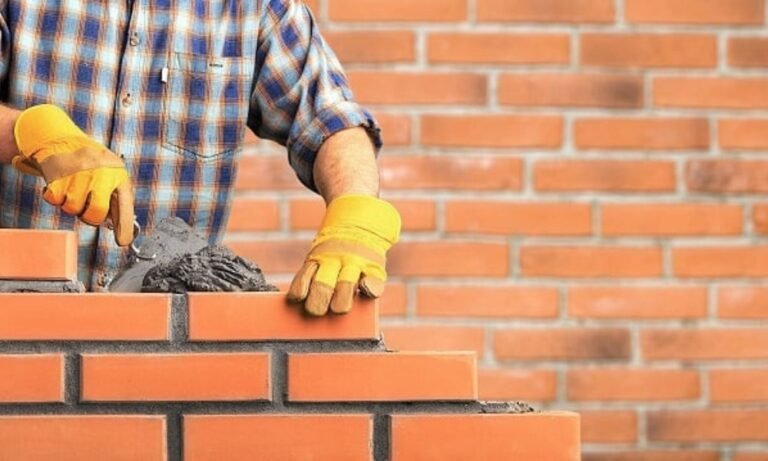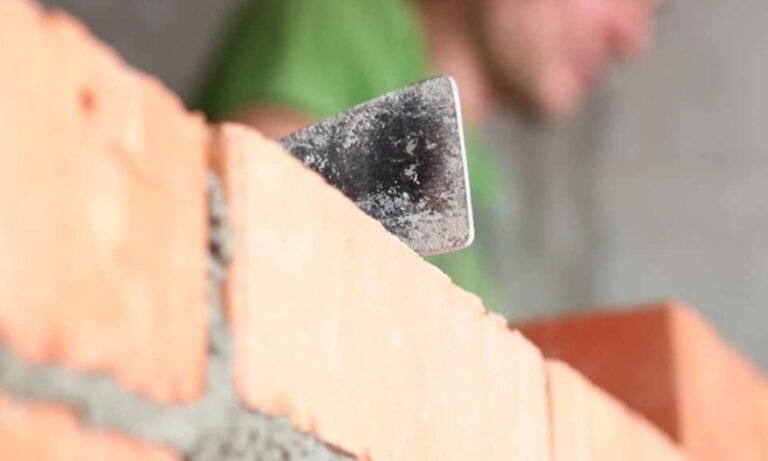Estimated reading time: 5 minutes
Masonry adds both beauty and strength to your home. But like any hardworking part of a house, it occasionally needs attention. Whether it’s the brickwork, stone details, or foundation, staying ahead of problems is key to avoiding costly repairs. So how do you know when it’s time to step in? Let’s take a closer look at the common signs that your home’s masonry might need some love.
What You’ll Learn
- Key warning signs that point to masonry issues.
- Why ignoring these indicators could cause bigger problems.
- Practical solutions for both minor fixes and larger repairs.
1. Cracks in the Walls: A Sign to Act
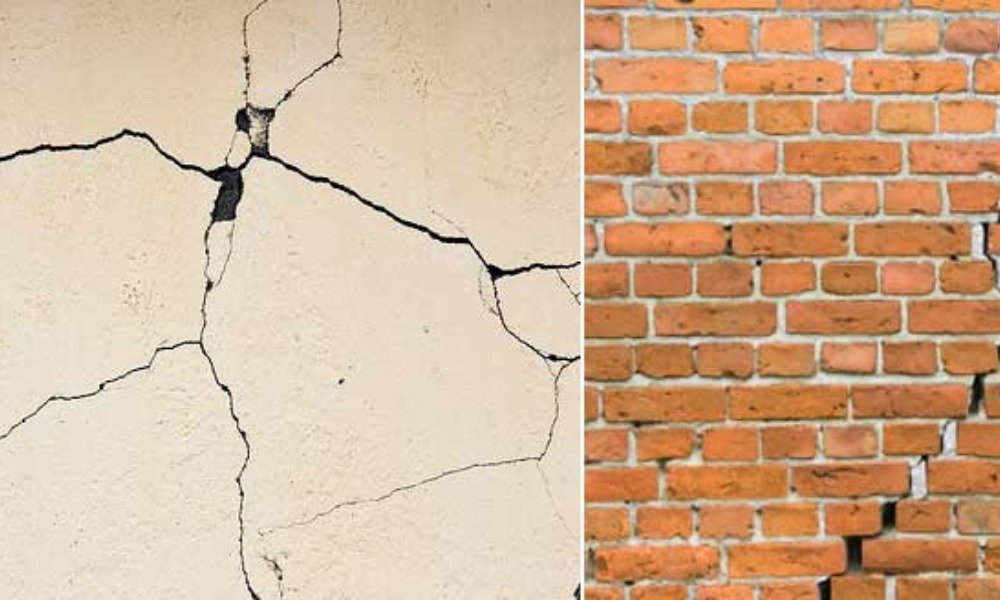
Over time, it’s normal for cracks to appear. But some are more worrisome than others. While tiny hairline fractures may not be urgent, larger or growing ones deserve attention.
What to Watch For:
- Thin, stair-step patterns near mortar joints.
- Wide gaps running diagonally or vertically.
- Bricks or stones with visible separation.
Why It’s Important:
Cracks let moisture creep in, which can weaken the structure over time. Freezing and thawing cycles can worsen the damage, leading to spalling (flaking) or loose materials.
How to Fix It:
For smaller gaps, a sealant might do the trick. If the issue is more serious, professional solutions like tuckpointing or epoxy repairs may be necessary. Need help deciding? Check out DIY vs. Professional Masonry: Why Expertise Matters.
2. Bowing or Leaning Walls: A Bigger Warning
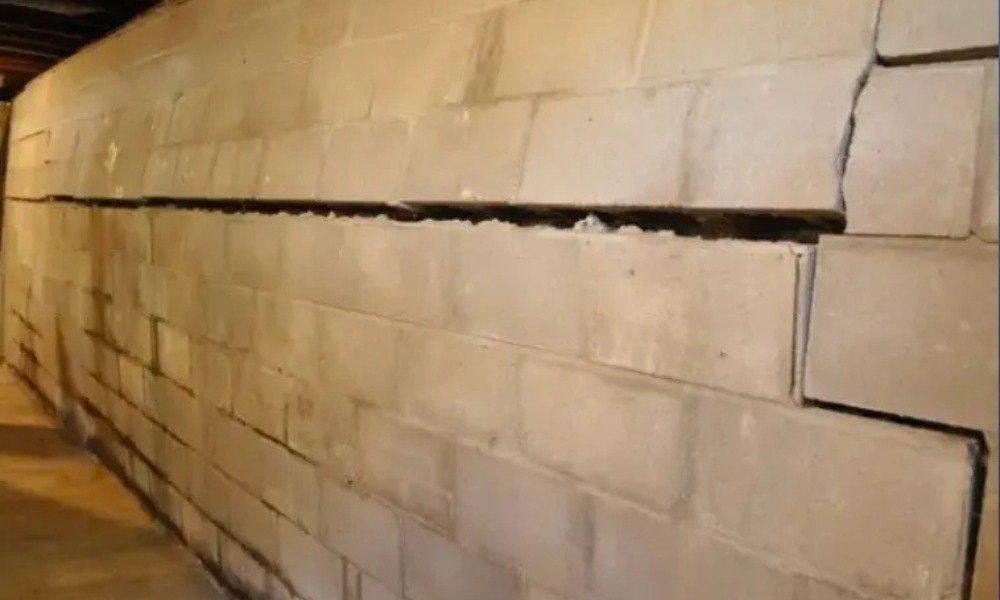
When walls start to bow outward or lean inward, it’s more than a cosmetic concern—it’s a structural red flag.
What to Look For:
- Bulging areas along your walls.
- Windows or doors that stick or won’t close properly.
- Cracks appearing indoors, near doors and corners.
Why It Matters:
These problems often point to foundation shifts or moisture buildup. Ignoring them can result in major structural failure.
What You Can Do:
This is one situation where you’ll want a professional assessment. Depending on the cause, repairs might involve reinforcing the wall or addressing foundational issues. For tips on hiring the right expert, visit How to Choose the Right Masonry Contractor.
3. Efflorescence: That Chalky White Stuff
Ever noticed a white powdery coating on your brickwork? It’s called efflorescence, and while it looks harmless, it signals moisture movement inside the walls.
What to Watch For:
- White streaks or salt-like deposits on bricks or stones.
- Persistent damp smells near affected areas.
Why It’s Concerning:
Efflorescence means water is working its way through the structure. Left unresolved, it can lead to further deterioration or mold growth.
How to Address It:
Clean it off with a stiff brush, then identify the source of the moisture. Gutter repairs, waterproofing, or replacing damaged sections of the wall might be necessary. For more ideas, visit How Weather Impacts Your Masonry.
4. Flaking or Chipping Bricks: The Signs of Spalling
Spalling is when bricks or stones start to chip, flake, or crumble. It’s usually a result of water damage or poor material quality.
What to Watch For:
- Chunks missing from brick or stone surfaces.
- Areas where the surface has visibly weakened.
Why It’s a Problem:
Flaking weakens the masonry, reducing its ability to support weight. This can lead to larger sections of the wall becoming compromised.
What to Do:
Replace damaged sections promptly. For widespread spalling, restoration might be required to stabilize the structure. Learn more about related costs in Understanding the Costs of Common Masonry Services.
5. Signs of Moisture Damage: The Root Cause
Water can sneak into your home’s structure and wreak havoc. When ignored, it creates a cascade of issues like mold, cracks, and weakened walls.
What to Look For:
- Water stains or damp areas.
- Mold or mildew growth.
- Rusty spots near metal components like lintels or flashing.
Why It Matters:
Moisture not only damages the masonry itself but can also lead to indoor health hazards like mold spores.
How to Fix It:
Address the water source first, whether it’s a clogged gutter or poor drainage. Then repair any affected sections and consider applying a masonry sealant to prevent future damage.
6. Unwanted Visitors: Pests in Your Masonry
Rodents and insects aren’t just annoying—they can take advantage of gaps and cracks, causing further damage to your walls.
What to Watch For:
- Small holes or gaps in mortar.
- Evidence of nesting materials like twigs or leaves.
- Droppings near affected areas.
Why It’s Important:
Pests can expand existing gaps, let in water, and undermine your wall’s stability over time.
What to Do:
Seal up gaps and address any structural vulnerabilities. Pair this with professional pest control to avoid future issues.
Preventative Tips for Healthy Masonry
- Inspect your walls annually for cracks, chips, or other signs of wear.
- Keep vegetation trimmed to reduce moisture buildup near walls.
- Clear out gutters and downspouts to prevent water pooling near your foundation.
- Use a masonry-friendly waterproofing agent to protect against future issues.
Taking Action
Spotting these signs early can save you headaches—and money. If you’ve noticed any of the issues discussed here, don’t wait to take action. Whether it’s patching up a small crack or addressing larger structural problems, acting quickly can help you avoid costly repairs.For more advice on maintaining and restoring your home’s structure, check out my post on Masonry Services Explained.
